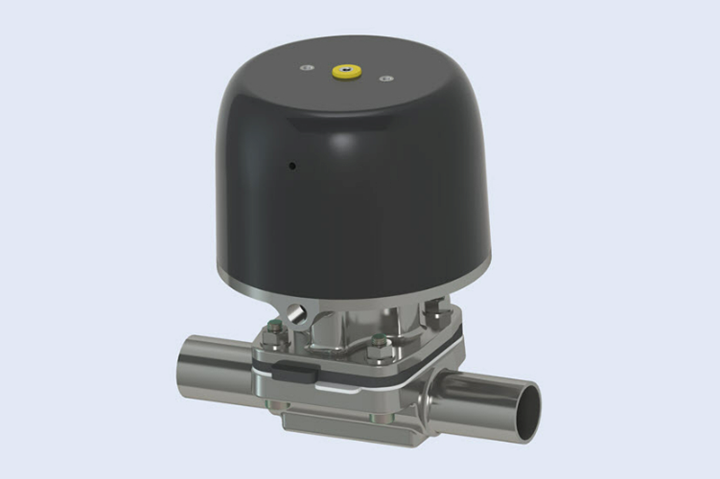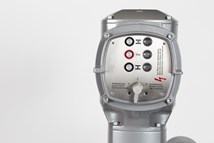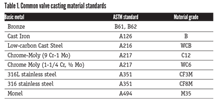Saunders Polymer Pneumatic Actuator Helps Reduce Energy Cost
Crane now offers an improved version of its Saunders P345 Polymer Pneumatic Actuator, designed to reduce operating pressure requirements to 4.5 bar, which in turn, can reduce your carbon footprint and energy cost by 11%. The lightweight piston-type pneumatic actuator has been developed to deliver sustainable performance for sterile biopharm applications.
#actuators
Crane now offers an improved version of its Saunders P345 Polymer Pneumatic Actuator, designed to reduce operating pressure requirements to 4.5 bar, which in turn, can reduce your carbon footprint and energy cost by 11%. The lightweight piston-type pneumatic actuator has been developed to deliver sustainable performance for sterile biopharm applications.
According to the manufacturer, features include:
- 4.5 Bar Operating Pressure — reduced TCO through reduction in air consumption
- Industry Leading Closure Performance — 8 bar (PTFE diaphragm) and 10 bar (rubber diaphragm) @100% DeltaP
- Lightweight Construction — 25% improvement in weight, vs typical stainless-steel actuator
- Eco Friendly — can deliver up to 11% reduction in carbon footprint and energy consumption through the reduced operating pressure requirements.

Photo Credit: Crane ChemPharma & Energy
RELATED CONTENT
-
How the EPA's Emissions Rule May Impact Actuator Choices
The move toward net zero emissions by 2050 was just released as part of the COP28 meeting in Dubai.
-
The Diverse Role Valves Play in the Chemical Industry
The chemical industry is extremely diverse with more than 60,000 known products. Like all process industries, the chemical industry needs valves designed for safe, efficient and reliable process operation.
-
Grease for Motor Actuator Maintenance
Maintaining the right amount of grease inside motor actuators that use grease for lubrication is a vital part of valve maintenance, and can save time and money by preventing problems before they happen.







 Unloading large gate valve.jpg;maxWidth=214)


